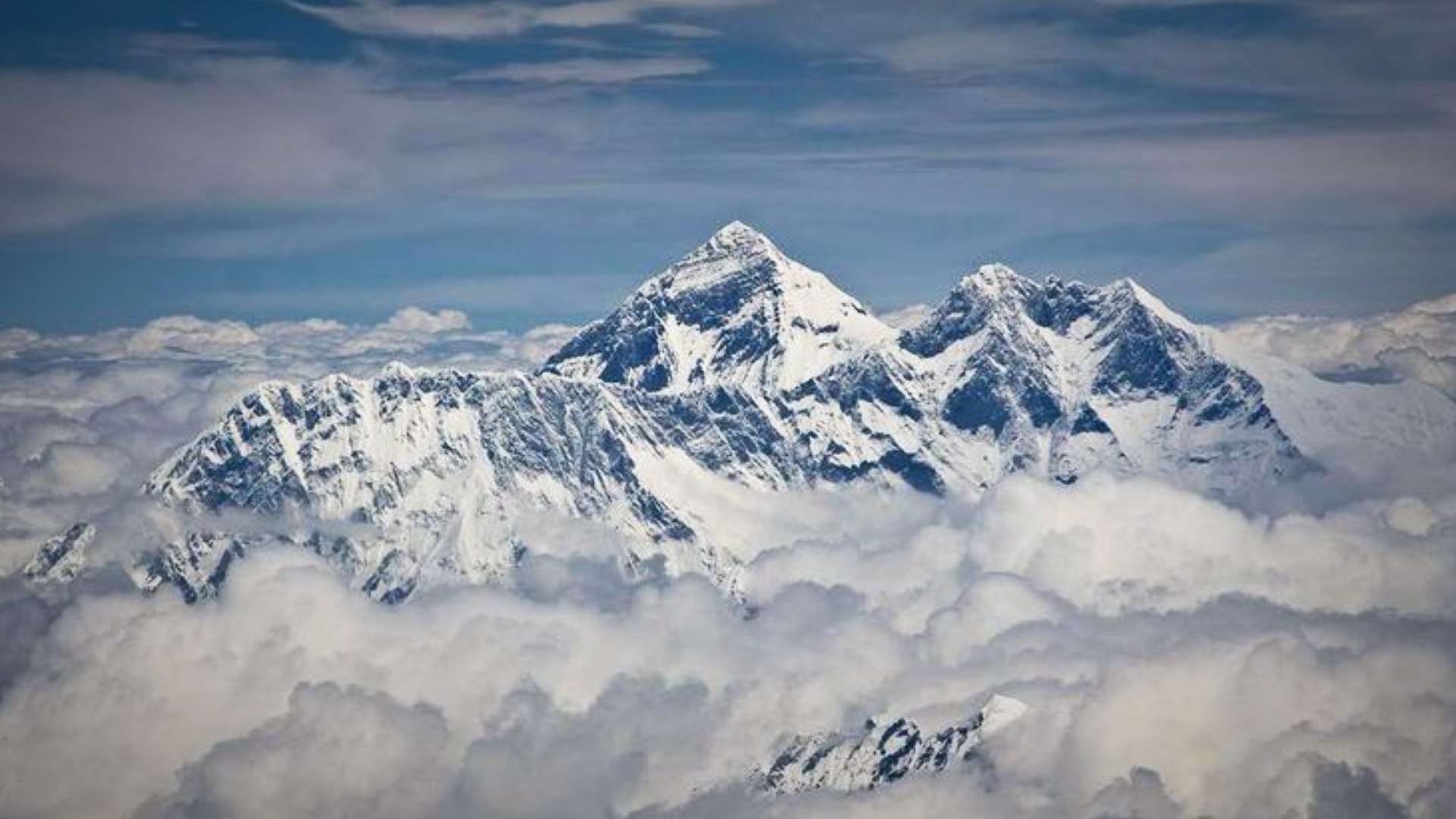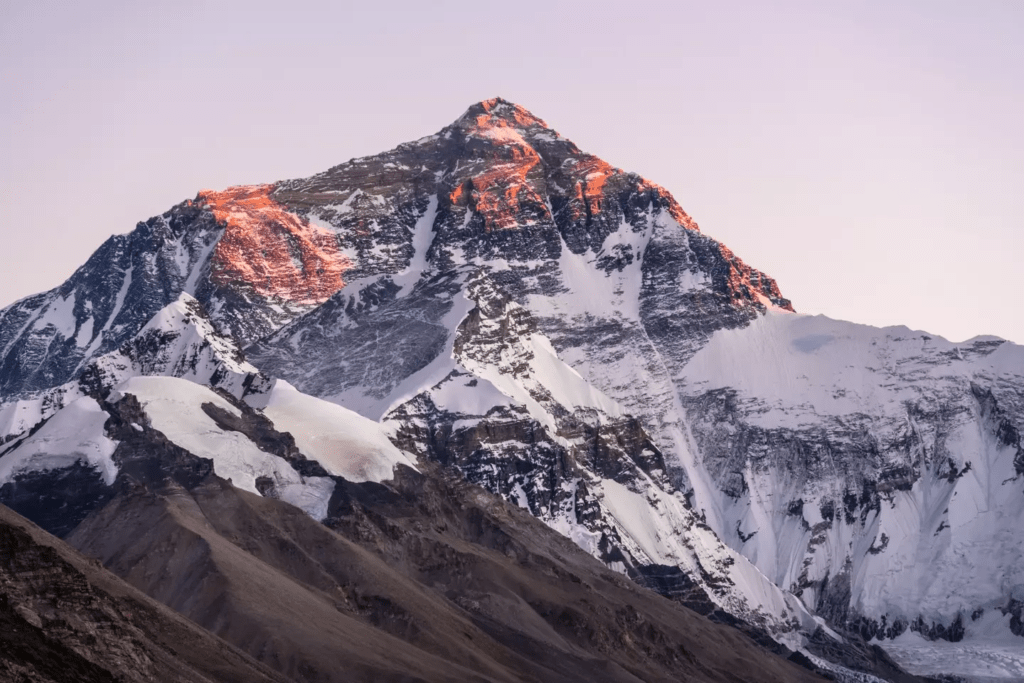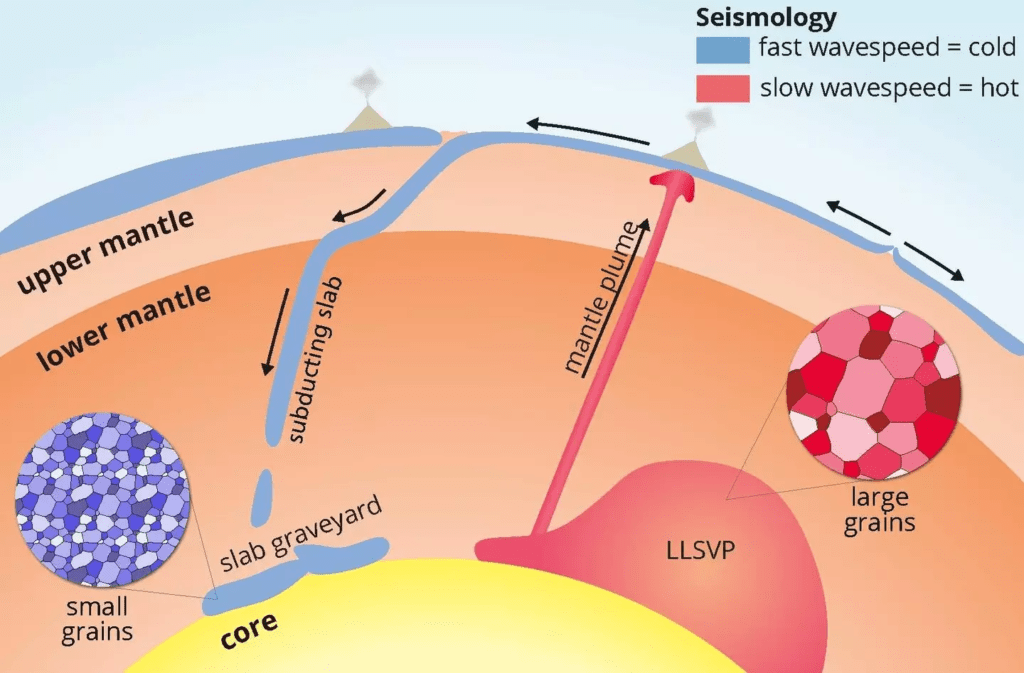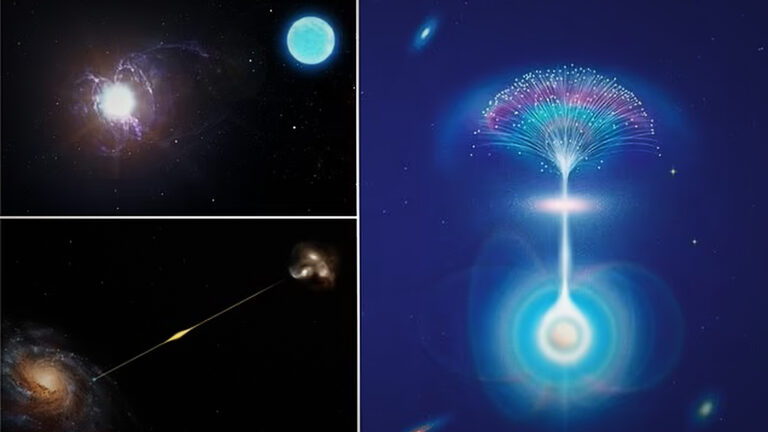Scientists Discover Two ‘Continent-Sized’ Mountains 100 Times Taller Than Everest

Mount Everest – Earth’s Iconic Peak
For centuries, Mount Everest has symbolized the ultimate challenge for adventurers and mountaineers. Located in the Himalayan range, Everest towers at a staggering 29,029 feet (8.8 km) above sea level, making it the highest point on Earth. Its legendary status was cemented on May 29, 1953, when Sir Edmund Hillary of New Zealand and Tenzing Norgay, a Nepalese-Indian Sherpa, became the first humans to successfully summit the peak. This moment marked the beginning of humanity’s obsession with scaling Everest.
Since then, over 7,000 climbers from around the globe have conquered its summit. However, the journey is not without risks. The unforgiving conditions, high altitude, and avalanches have claimed the lives of more than 340 individuals attempting the climb. Despite these dangers, Everest remains a beacon for those seeking to push their physical and mental limits.

Yet, even this towering giant pales in comparison to the newly discovered subterranean “mountains” located deep beneath Earth’s mantle. These massive structures, measuring up to 1,000 km high, challenge the very definition of what we consider a mountain. While Everest remains a tangible challenge for explorers, these colossal formations are a testament to the mysteries that lie deep within our planet’s interior.
Read more about the history of Everest on National Geographic.
Discovery of Colossal Mountains Beneath Earth’s Mantle
In a groundbreaking study published in Nature and summarized by The Times, scientists revealed the existence of two enormous “mountains” hidden deep within Earth’s mantle. These formations, known as LLSVPs (large low-shear-velocity provinces), are located approximately 2,000 km beneath the surface—one beneath Africa and the other under the Pacific Ocean. Their discovery represents a monumental step in understanding our planet’s inner structure.
Unlike Mount Everest, which reaches 8.8 km into the sky, these subterranean mountains tower up to 1,000 km high, making them over 100 times taller. They rest at the boundary between the Earth’s lower mantle and outer core, in a region scientists refer to as a “graveyard” of ancient rock slabs that have sunk over billions of years.
Seismologists discovered the LLSVPs by analyzing how seismic waves from earthquakes behave as they travel through the Earth. The heat generated by these formations slows the seismic waves, providing crucial insights into their structure and composition. This discovery sheds light on an entirely hidden realm of Earth’s geology, one that has remained unexplored for millions, if not billions, of years.
For more details on how seismic waves reveal Earth’s secrets, visit USGS.
What Are LLSVPs?
LLSVPs, or large low-shear-velocity provinces, are immense, continent-sized structures made of semi-solid rock. They derive their name from their unique ability to slow seismic waves due to their immense heat. Unlike the fiery liquid magma often depicted in popular media, Earth’s mantle is composed of dense, semi-solid rock that moves very slowly over geological time.
These LLSVPs are unique because they are significantly larger and denser than surrounding mantle materials. They are thought to consist of much larger mineral grains, which sets them apart from the “graveyard” of rock slabs that have sunk from Earth’s surface. This distinction suggests they may be composed of ancient, primordial elements dating back to Earth’s formation.
Seismologists believe these formations may serve as reservoirs of chemical elements that have remained untouched for billions of years. Their rigidity and immense size prevent them from participating in mantle convection—the slow movement of mantle rock that drives plate tectonics.
By studying LLSVPs, scientists hope to gain a clearer picture of Earth’s interior and uncover clues about the planet’s early history. Their discovery has opened a new frontier in the study of geology, challenging our understanding of Earth’s internal processes.
Learn more about Earth’s mantle at Scientific American.
Origins of the Subterranean Mountains
The origins of these colossal mountains remain one of the greatest mysteries in modern geology. Seismologist Arwen Deuss from Utrecht University suggests that these formations may be remnants of Earth’s earliest days, possibly dating back billions of years. Their composition and structure indicate that they are unlike anything else found within the mantle.
Unlike the surrounding “graveyard” of rock slabs, which are made of fine mineral grains that recrystallized as they sank, the LLSVPs consist of much larger grains. This suggests that they have remained relatively unchanged for an incredibly long time.
“These mineral grains didn’t grow overnight,” explains Sujania Talavera-Soza of Utrecht University. “This indicates that LLSVPs are significantly older than the surrounding rock slabs, possibly billions of years old.”
The lack of mantle convection within these structures further supports the idea that they have been stationary for a significant portion of Earth’s history. Their rigidity prevents them from mixing with surrounding materials, preserving their unique composition.
The discovery of these mountains has profound implications for our understanding of Earth’s formation and evolution. If they truly are reservoirs of primordial elements, they may hold the key to unlocking the secrets of Earth’s earliest days.
Implications for Earth’s Geology
The discovery of these massive underground formations challenges long-held assumptions about Earth’s mantle. Traditional models depict the mantle as a well-mixed, flowing layer of rock. However, the existence of LLSVPs suggests that the mantle is far more complex and less uniform than previously thought.

These findings have significant implications for our understanding of mantle convection, plate tectonics, and the planet’s internal structure. If LLSVPs are indeed composed of primordial elements, they could provide valuable insights into the conditions that existed during Earth’s formation.
Furthermore, their discovery raises new questions about the dynamics of Earth’s interior. How do these structures influence mantle convection and the movement of tectonic plates? Do they play a role in the generation of volcanic activity or the formation of mineral deposits?
The answers to these questions could have far-reaching implications for geology, seismology, and even planetary science. By studying these structures, scientists hope to gain a deeper understanding of Earth’s inner workings and uncover clues about the processes that shaped our planet.
For the latest updates on geological discoveries, visit Earth Science Reviews.
What’s Next for Research?
The discovery of LLSVPs is just the beginning of a new era in the study of Earth’s interior. Researchers are eager to learn more about these structures, including their composition, age, and role in the planet’s evolution. Advanced seismic imaging technologies and computer simulations will play a crucial role in this effort.
One of the biggest questions surrounding LLSVPs is their origin. Are they truly remnants of Earth’s formation, or did they form later as a result of specific geological processes? Understanding their history could provide valuable insights into the early conditions of our planet and the forces that shaped it.
Scientists are also interested in exploring the potential connections between LLSVPs and surface phenomena, such as volcanic activity and plate tectonics. If these structures influence mantle convection, they could play a significant role in driving the movement of tectonic plates and the formation of geological features on the surface.
As research continues, one thing is clear: the discovery of LLSVPs has opened a new frontier in the study of Earth’s geology. These massive, continent-sized structures represent a hidden world beneath our feet, waiting to be explored.
Stay informed about ongoing research through the Utrecht University Geosciences Department.
Conclusion: A New Perspective on Earth’s Interior
The discovery of two continent-sized mountains beneath Earth’s surface is a testament to the mysteries that lie hidden within our planet. These formations, which dwarf Mount Everest, challenge our understanding of geology and provide a glimpse into the planet’s earliest days.
As scientists continue to study these colossal structures, they may uncover secrets that redefine our understanding of Earth’s formation and evolution. For now, the LLSVPs remain a fascinating reminder of the hidden depths of our world and the endless possibilities for discovery.






